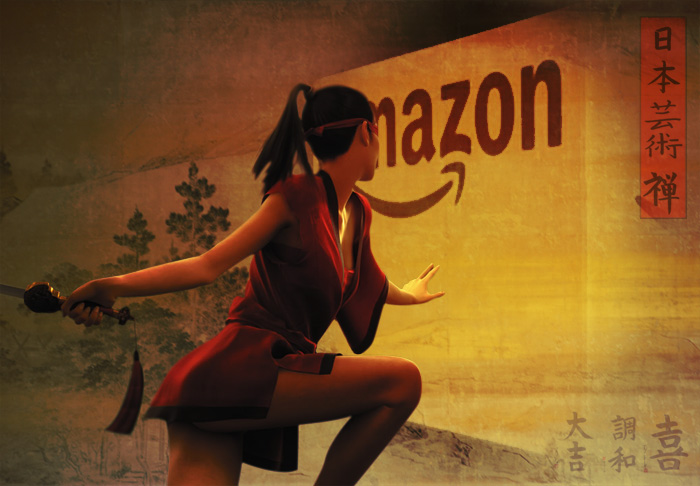MarketWatch has written up a overdue sanity check by Moody’s on Amazon’s supposed clout. It find that there’s a big disconnect between stock market enthusiasm and the Seattle firm’s real world position. While the latter is still significant, it’s not the world-beater it is widely depicted to be.
That is not to say that Amazon hasn’t upended some retail categories, most notably book publishing, where it has succeeded in crapifying the industry. Amazon has squeezed publishers, to the detriment of customers. The industry has become fixated on blockbusters and largely abandoned its bread and butter business, that of so-called mid-list books that got decent advances and were projected to sell moderately, with some breaking out into best-sellerdom. Even though tech fans argue that the magic of technology means that writers can self-publish, there’s a huge difference between writing a book and getting anyone to read it. Publishers play an important role as validators with reviewers and with distribution to bookstores, which are coming back after having been thinned out by Amazon. It also turns out that most people prefer to read print books, something that has mitigated Amazon’s impact even here.
But what about the death or thinning out of so many retail chains over the last year? Many of these were in the apparel field. While Internet sales have contributed to their tsuris, a lot of other factors played into this equation, including: widespread involvement of private equity, which left them saddled with too much debt and/or terrible sale/leasebacks; flat-footedness in the face of changing and fragmented buying patterns, like “fast fashion,” among the young, and by contrast, among older and better heeled buyers, much less interest by women in fashion, which means that changing styles won’t induce them to quit wearing outfits they like.
Some high points from this must-read story:
The e-commerce giant is the subject of a number of myths regarding its size and clout that mask the reality of its position compared with rivals like Wal-Mart Stores Inc and Costco Wholesale Corp – according to Charlie O’Shea, Moody’s vice president and lead retail analyst…
Estimates for the Amazon Prime membership base are also wildly inflated, O’Shea said, with some pundits betting the figure is as high as 85 million. Amazon itself has never provided a number, other than to say it is in the tens of millions.
Moody’s calculations, which are based on demographic information, suggest Prime membership is closer to 50 million, which compares with Costco’s total membership of 86.7 million as of the end of its fiscal year in August 2016, and its paid membership of 47.6 million….
The perception that as soon as Amazon enters a product category, it immediately wins is also flawed, said the analyst. While Amazon is clearly disruptive, it does not dominate any category in which it operates. In consumer electronics, for example, Amazon has about a third of the share of Best Buy Co. Inc.
A substantial amount of the Moody’s report debunks, as we have, the idea that Amazon’s Whole Foods purchase represents a serious threat to the grocery industry. O’Shea stresses that Whole Foods is too small to do much damage, comparing its less than $20 billion in sales to WalMart’s $200 billion in grocery revenues, Kroger’s $130 billion, and Costco’s $50 billion. Moreover:
“Online sales still account for only about 10% of overall U.S. retail sales, with a much lower percentage in the grocery segment, leaving the big brick-and-mortar retailers, led by Walmart, still really formidable competitors in the industry,”
Now that does not mean that Amazon could not eventually become a serious contender in the grocery business. But first and foremost, it would need to acquire a lot more stores, and that’s not something the stories that are hyperventilating about the Whole Foods deal acknowledge. With Whole Foods alone, the most damage Amazon might do is a SouthWest airlines price-lowering effect for the particular grocery store locations that are near Whole Food outlets and have similar product lines (ie, large emphasis on organic foods). And the fact that its much ballyhooed price cuts were for 100 items out of a typical 35,000 SKUs for a grocery store means that the Amazon price threat so far is all hat, no cattle.
h/t Yves Smith

